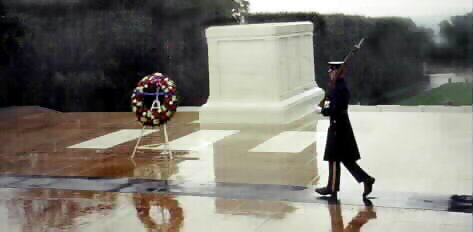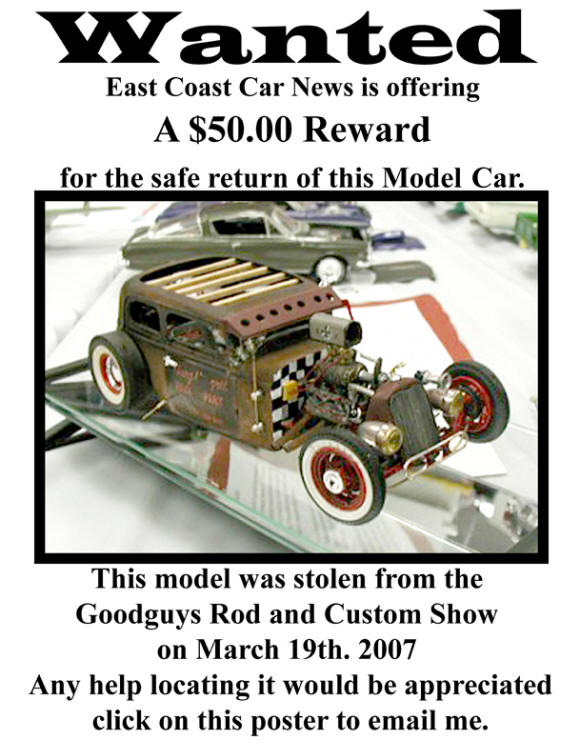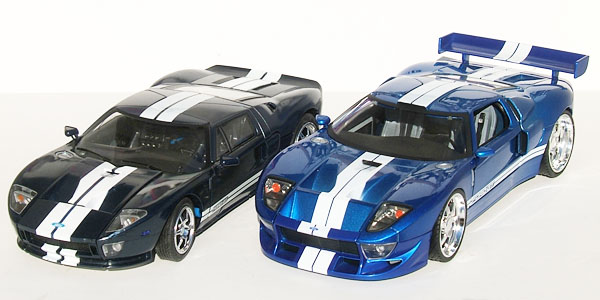From
NYTimes.com:
Beam It Down From the Web, ScottyBy SAUL HANSELL
PASADENA, Calif. — Sometimes a particular piece of plastic is just what you need. You have lost the battery cover to your cellphone, perhaps. Or your daughter needs to have the golden princess doll she saw on television. Now.
It’s not quite the transporter of “Star Trek,” but it is a step closer.
Three-dimensional printers have been seen in industrial design shops for about a decade. They are used to test part designs for cars, airplanes and other products before they are sent to manufacturing. Once well over $100,000 each, such machines can now be had for $15,000. In the next two years, prices are expected to fall further, putting the printers in reach of small offices and even corner copy stores.
The next frontier will be the home. One company that wants to be the first to deliver a 3-D printer for consumers is Desktop Factory, started by IdeaLab, a technology incubator here. The company will start selling its first printer for $4,995 this year.
Bill Gross, chairman of IdeaLab, says the technology it has developed, which uses a halogen light bulb to melt nylon powder, will allow the price of the printers to fall to $1,000 in four years.
“We are Easy-Bake Ovening a 3-D model,” he said. “The really powerful thing about this idea is that the fundamental engineering allows us to make it for $300 in materials.”
Others are working on the same idea.
“In the future, everyone will have a printer like this at home,” said Hod Lipson, a professor at Cornell University, who has led a project that published a design for a 3-D printer that can be made with about $2,000 in parts. “You can imagine printing a toothbrush, a fork, a shoe. Who knows where it will go from here?”
Three-dimensional printers, often called rapid prototypers, assemble objects out of an array of specks of material, just as traditional printers create images out of dots of ink or toner. They build models in a stack of very thin layers, each created by a liquid or powdered plastic that can be hardened in small spots by precisely applied heat, light or chemicals.
3D Systems, a pioneer in the field, plans to introduce a three-dimensional printer later this year that will sell for $9,900.
“We think we can deliver systems for under $2,000 in three to five years,” said Abe Reichental, the company’s chief executive. “That will open a market of people who are not just engineers — collectors, hobbyists, interior decorators.”
Even at today’s prices, uses for 3-D printers are multiplying.
Colleges and high schools are buying them for design classes. Dental labs are using them to shape crowns and bridges. Doctors print models from CT scans to help plan complex surgery. Architects are printing three-dimensional models of their designs. And the Army Corps of Engineers used the technology to build a topographical map of New Orleans to help plan reconstruction.
Entrepreneurs like Fabjectory are beginning to find interest in 3-D printing among aficionados of online games, like Second Life and World of Warcraft, in which players design their own characters. Electronic Arts hopes to offer a similar service to create three-dimensional models of characters in Spore, a game to be introduced later this year.
Eventually, 3-D design software will let people make sculptures and design housewares at home.
But 3-D printers may be useful for people who do not want to learn how to use such sophisticated programs.
IdeaLab hopes companies will sell three-dimensional designs over the Internet. This would allow people to print out replacements for a dishwasher rack at home. And it would open up new opportunities for toys.
“You could go to Mattel.com, download Barbie, scan your Mom’s head, slap the head on Barbie and print it out,” suggests Joe Shenberger, the director of sales for Desktop Factory. “You could have a true custom one-off toy.”
How many people will want such a thing? It is impossible to say for sure, but some who work with the current crop of 3-D printers say they will be very attractive when the price puts them in reach of home users.
“When laser printers cost more than $5,000, nobody knew they needed desktop publishing,” said A. Michael Berman, chief technology officer for the Art Center College of Design in Pasadena, which has a half-dozen 3-D printers for its students to use. “The market for 3-D printing isn’t as big as for laser printers, but I do believe it is huge.”
And Desktop Factory’s version is meant to be compact enough for a home office — 25 by 20 by 20 inches — with a weight of less than 90 pounds.
The origin of Desktop Factory was not so much a desire to print Barbies as a frustration with the Internet. After making a lot of money starting Internet companies like CitySearch, IdeaLab lost even more with flops like eToys. With its investors disgruntled, the company shrank, slowed down and turned its attention from the Web to technologies like solar energy and robotics.
“We traded bits for atoms,” Mr. Gross said.
IdeaLab’s new interest in things required it to build a machine shop, and eventually Mr. Gross bought a 3-D printer from Stratasys. IdeaLab engineers kept the machine going around the clock, experimenting with designs.
Mr. Gross even downloaded a model of an octopus to print out for a project on vertebrates in his daughter’s eighth-grade biology class.
This convinced Mr. Gross that there was a market for 3-D printers, especially if the price could be cut.
At first, the prospects looked difficult. The three leading 3-D printer companies all used different technologies, but none seemed simple enough to be modified for inexpensive home devices. Stratasys makes models out of liquid plastic using a very expensive heated print head that resembles a glue gun. 3D Systems uses lasers to harden liquid polymers. And the Z Corporation, a unit of the private equity group EQT, builds models by squirting a sort of glue over layers of sandlike plaster.
In a brainstorming session, Kevin Hickerson, an IdeaLab engineer, proposed the method the company would ultimately choose. First the machine spreads a powdered plastic over a roller, which is heated to just below the plastic’s melting point. Then a sharply focused beam of light melts dots of plastic on the roller. After the unmelted powder is brushed off, the roller deposits the hot plastic onto a platform. This process is repeated until the object is assembled from the bottom up.
It took IdeaLab a year to prove that the basic approach would work and a second year to develop the technology to get the layers to stick to each other properly. (The model is gently squished, as in a sandwich press, after each layer is applied.) And it has taken two more years to write the required software and to create a working design for the first production model.
IdeaLab has made about 10 of the printers so far. It is preparing to begin production at its combination office and factory in an industrial building half a mile from the company’s headquarters. This summer it will start to deliver its initial test machines to the 200 customers who have agreed to buy them.
Desktop Factory says the machines pose no hazard to users because they use a safe nylon-based material.
Some in the 3-D printer industry say Desktop Factory may have cut too many corners. Its first model makes objects with rather jagged edges because it applies layers that are 0.01 inch thick, two to three times thicker than many other machines’. Moreover, it uses a nylon mixed with aluminum and glass that produces gray objects, with a rather sandy finish that many do not find attractive.
Kathy Lewis, the chief executive of Desktop Factory, said the company saw enormous initial demand among small engineering firms that simply cannot afford the larger printers, as well as high schools and colleges that teach computer-aided design.
To appeal to the home market, she said, the company is trying to develop new materials — a smoother plastic and a very soft, bendable substance suitable for toys.
Much of the research in the field is about how to develop materials of various properties that can be applied in tiny digital specs. Cornell’s 3-D printer, called Fab@Home, is particularly suited to those experiments because it moves a syringe in three dimensions that can be filled with any substance. So far, it has built objects out of silicone, plaster, Cheez Whiz and Play-Doh.
Noy Schaal, a high-school freshman in Louisville, modified the design with a heated syringe to extrude a chocolate bar, decorated with the letters KY for Kentucky. (Koba Industries has started selling kits with all the parts needed to make the Fab@Home design for about $3,000.)
Professor Lipson said researchers are developing ways to use the process to build parts with more complex functions. They have preliminary designs for batteries, sensors, and parts that can bend when electricity is applied.
“A milestone for us would be to print a robot that would get up and walk out of the printer,” Professor Lipson said. “Batteries included.”


